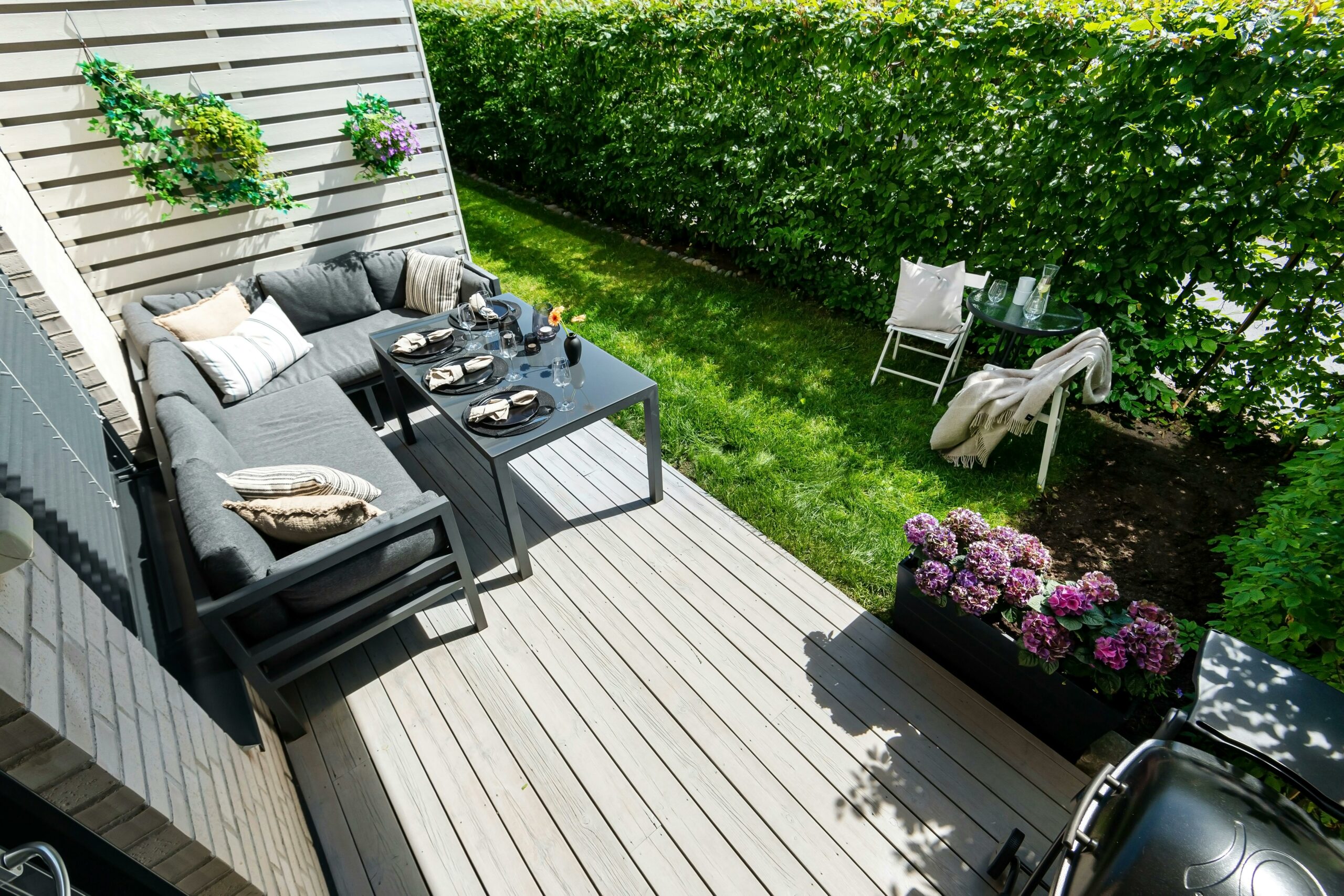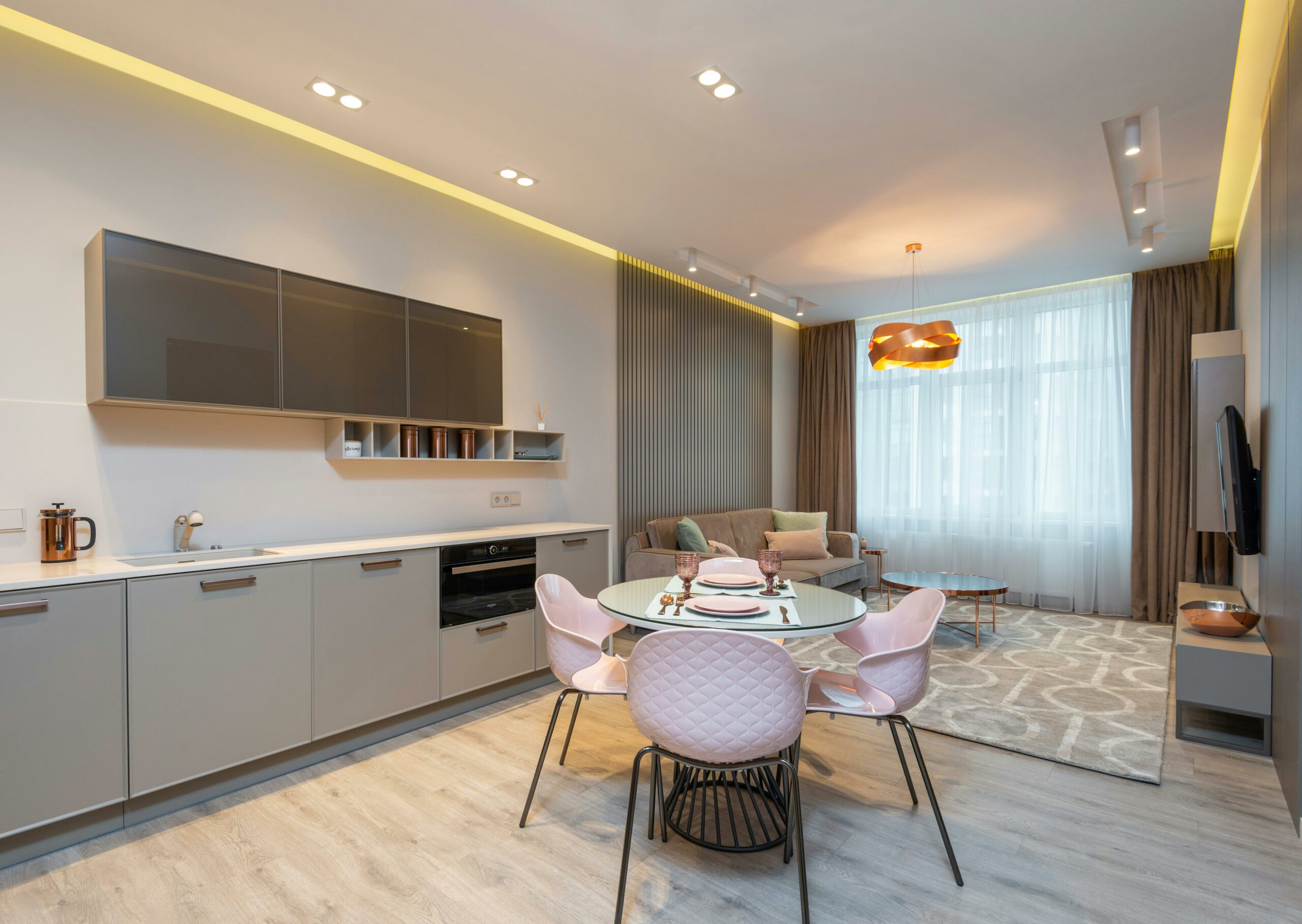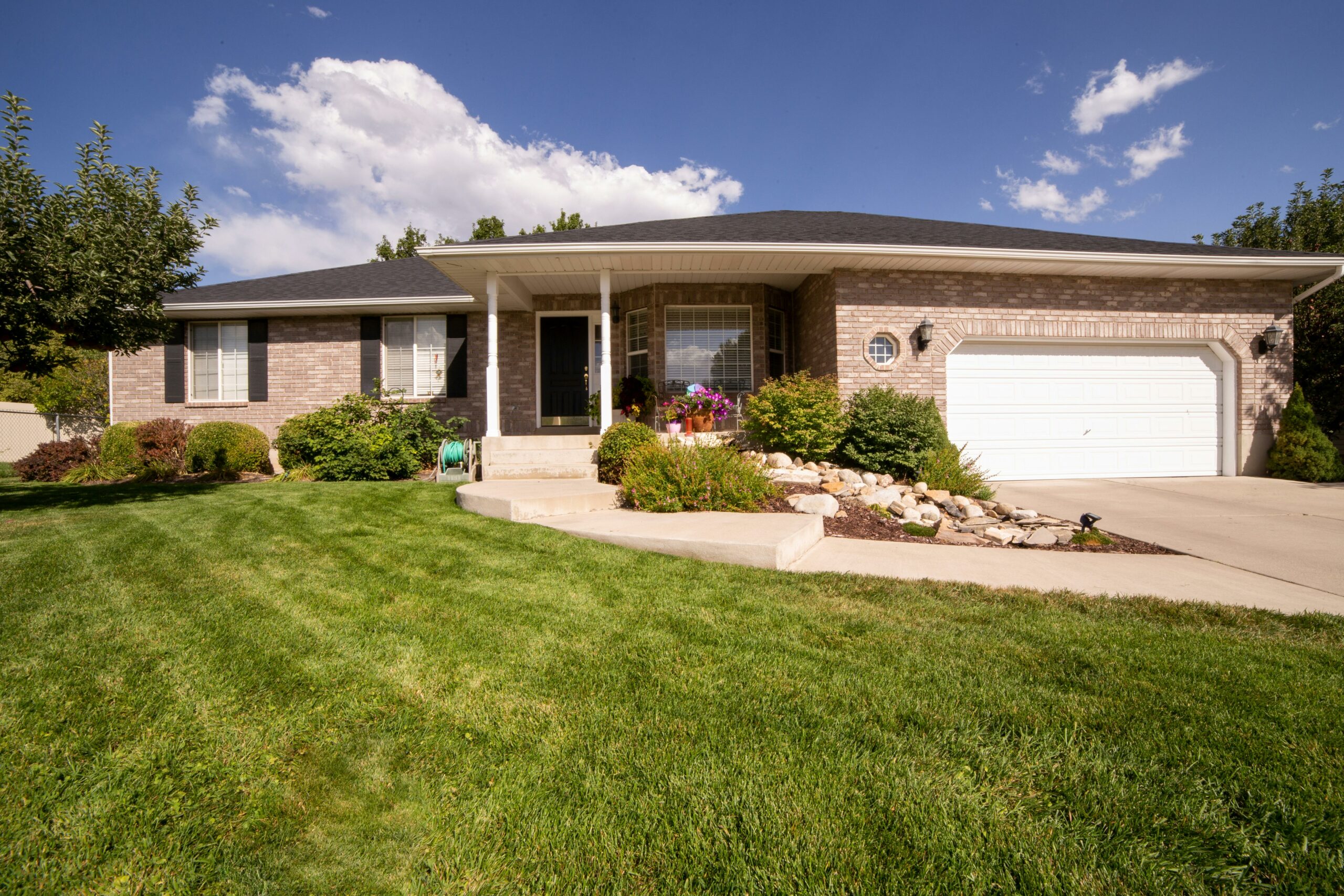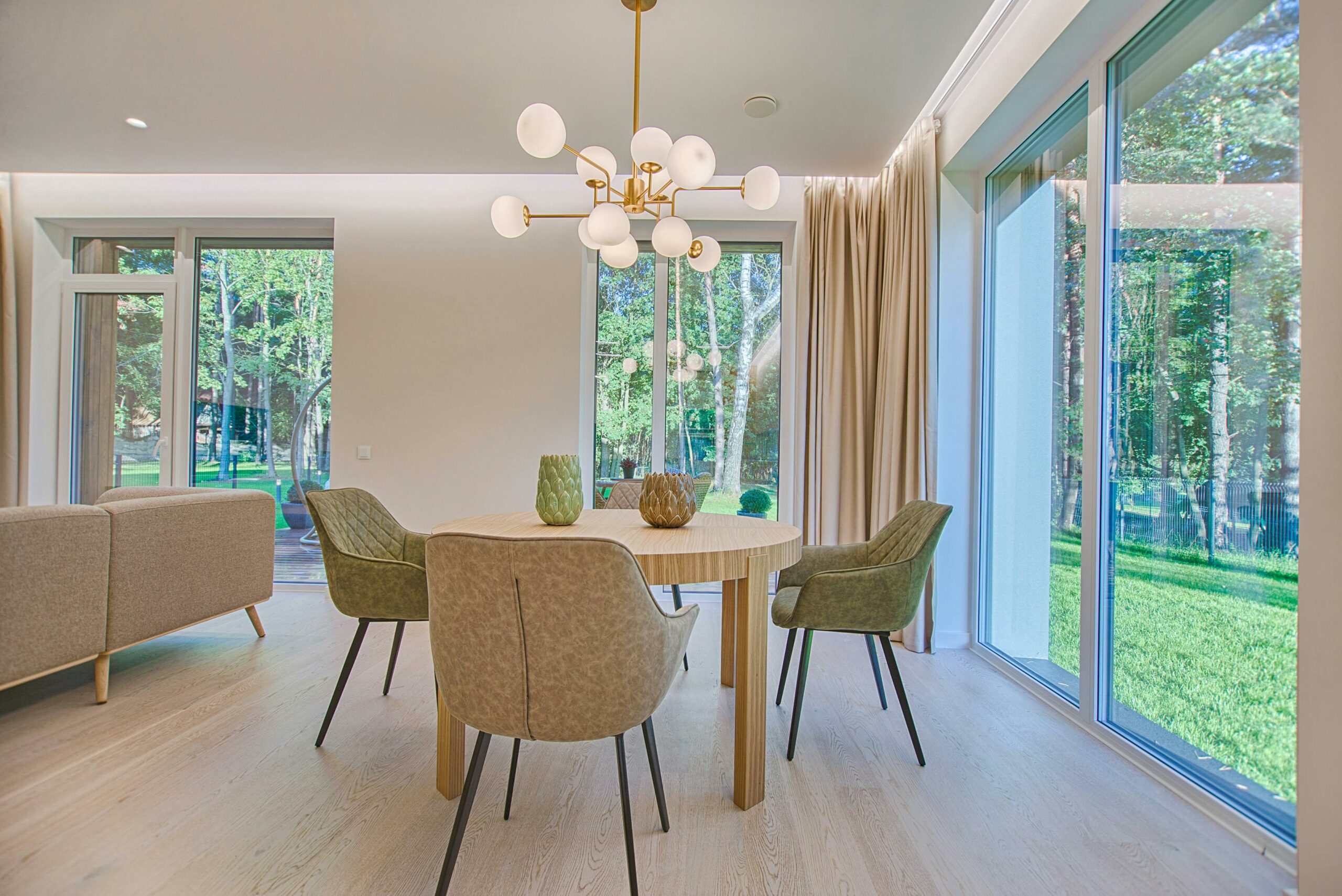The ebb and flow of home design trends can be as unpredictable as the tides, yet through the decades, some elements never quite fade away. One such feature that’s been experiencing a noteworthy resurgence is the swinging door.
Often seen as a relic of the past, this classic design element is reclaiming its place in the hearts (and homes) of the modern homeowner.
Why the sudden clamor for a design element that seems straight out of the 50s? Surprisingly, swinging doors carry an innate charm and a multitude of practical advantages that complement the contemporary lifestyle.
From fostering an open-plan feel without the need to demolish walls to adding an extra layer of architectural interest, swinging doors are proving their clout in the 21st-century home.
Here are six compelling reasons why you might want to swing with this design trend.

1. Versatile Style Statements
In a world where interior design trends are ephemeral and often disruptive, swinging doors anchor themselves as a timeless style statement.
Their classic aesthetic transcends eras, effortlessly blending into any home décor—be it industrial chic, mid-century modern, or a farmhouse aesthetic.
Unlike pocket doors that need to be perfectly concealed, swinging doors can be the focal point of a room, featuring intricate patterns and finishes.
Today’s homeowners are opting for customized swinging doors to reflect their personality, installing them with glass panels or artisanal designs that exude luxury and individuality.
This adaptability to diverse styles marks swinging doors as a design staple that can evolve with your tastes and resist the allure of fleeting fads.
2. Space-Efficient Design
Homes are getting smaller, pushing designers to innovate with space-saving solutions. With careful usage and style, swing doors solve the perennial problem of space.
Unlike hinged doors that need a clear radius to open, swinging doors require minimal real estate, making them ideal for compact apartments and tight spaces where every inch counts.
Beyond their physical footprint, swinging doors contribute to an open-concept design, allowing spaces to fluidly connect without the encumbrance of doorframes. This creates an illusion of more space and enhances the flow of a home.
Their adaptive spatial benefits offer a distinct advantage for modern living arrangements that value versatility and functionality.
3. Nostalgia and Sentimentality
Home is as much a feeling as it is a place, and swinging doors evoke a sense of nostalgia that resonates with many. They serve as a bridge to a bygone era, a time when homes were intimately connected with the rhythm of life, and boundaries between rooms were more symbolic than physical. Incorporating a swinging door can be an act of homage to a traditional home design, or simply a gentle nod to personal memories and experiences.
The emotional value of swinging doors should not be underestimated. They can tell stories, capture memories, and emphasize the comfort and warmth that a home should exude.
Sentimentality paired with function is a winning formula in home design, and the swinging door delivers on both fronts.
4. Acoustic and Privacy Control
Privacy is a premium in today’s world, especially as the concept of ‘home as sanctuary’ has taken on a new level of importance. Swinging doors play a crucial role in acoustic and privacy control, offering a sound barrier without the hermetic seal of a traditional door.
This quality is particularly beneficial in home offices, nurseries, or living rooms where individuals might need quiet time without feeling completely isolated.
The ability to swing doors to muffle noise while maintaining a visual connection aligns with the modern perspective on privacy—not as isolation but as a selective separation.
They enable residents to tune out and have their space without shutting out the world completely.
5. Easy on the Environment
Sustainability is a key pillar of modern design ethos, and swinging doors are inherently eco-friendly. Unlike sliding barn doors or pocket doors which can be heavier and require more intricate mechanisms, swinging doors are simpler and consume less energy in their daily operation.
The act of swinging open a door is a human-powered gesture that connects occupants to their environment in a literal sense.
Furthermore, the choice of materials for swinging doors can significantly reduce a home’s carbon footprint. Opting for reclaimed wood or bamboo not only adds character to the space but also supports responsible forestry.
The longevity of swinging doors also means a less frequent replacement, contributing to a greener and more sustainable living environment.
6. Aesthetic Character and Architectural Interest
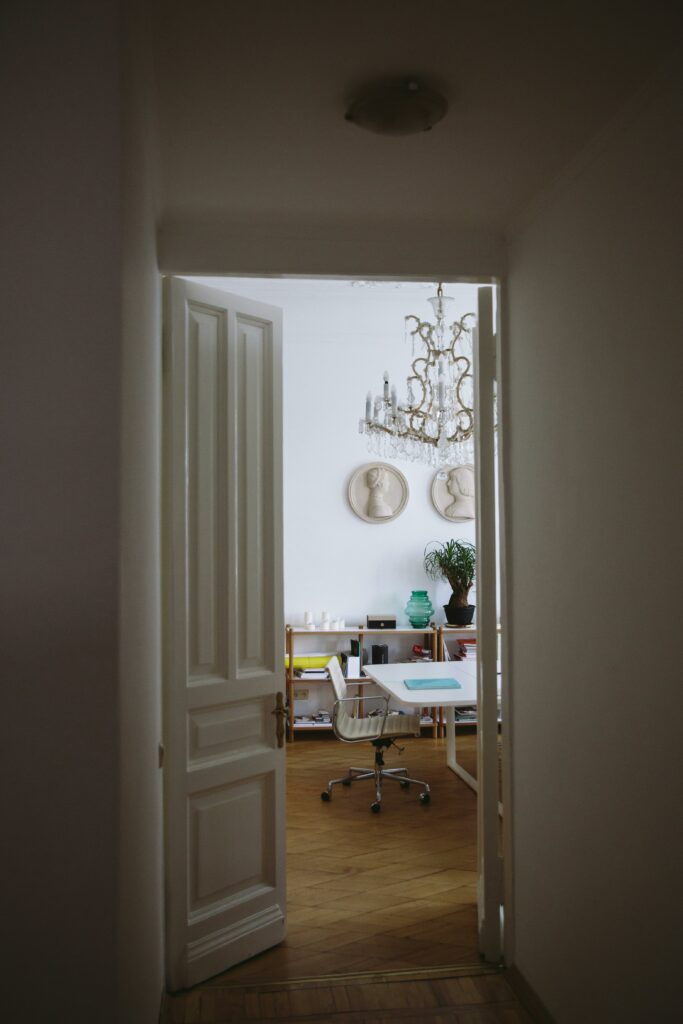
Every detail in home design, no matter how small, contributes to the overall aesthetic and feel. Swinging doors are not just functional; they add architectural interest and character that bland, standard doors often lack.
Their rich history and traditional appeal can infuse a modern space with a sense of grandeur and depth.
Consider the graceful curve of a louvered swinging door in a beach house or the bold lines of a frosted glass door in an industrial loft. These elements not only serve a purpose but also act as works of art that engage the eye and elevate the space.
Swinging doors have the capacity to transform a mundane room into a space with narrative and soul, creating an environment where every design choice matters.
The resurgence of swinging doors in modern home design is not a mere throwback to the past; it is a forward-looking evolution that celebrates multifunctionality, sustainability, and a deep connection to the essence of home.
Whether you’re considering a full home renovation or a minor upgrade, these classic design elements are more than just a trend—they are a testament to enduring quality in design and a mark of an individual’s commitment to crafting a space that is personal, practical, and profoundly beautiful.

